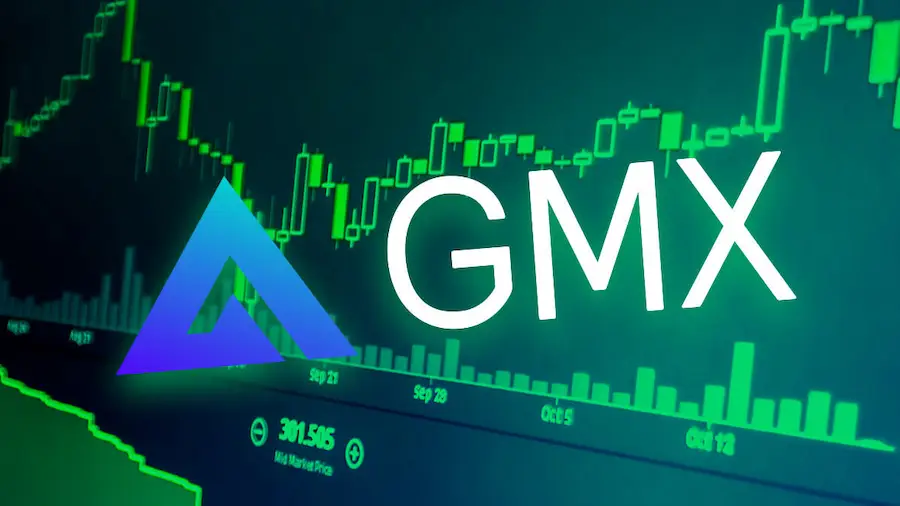L’age is a central element in sports. There is no shortage of exceptional cases, small athletic miracles and physical longevity, nor disciplines where its weight is decidedly lower than the average. Achieving an Olympic gold, like those awarded these days in Paris, is therefore certainly a question of training, talent And discipline but age can also play a role. A team from the University of Waterloo has just explained this, attempting to answer an interesting question with research published in Significance: at what age does the peak physical performance of an athlete in track and field correspond.
Track and field includes running, jumping, throwing, and combined events. The career performance progression of most athletes can typically be visualized, not surprisingly, as a bell curve, in which they train for several years to reach their best performance, or “peak,” at a certain age and then gradually decline. But when is this peak usually reached? in these very demanding disciplines?
«Unlike other Olympic sports such as football and tennis which have their own high-profile competitions outside the Games, the Olympics are the biggest stage on which track and field athletes compete – he rightly recalled David Awosogaa data science student and lead author of the paper, “since the Olympics only take place once every four years, track and field athletes must carefully consider when and how to train to maximize their chances of qualifying for the Olympics while they are at their peak.” Their programs, like those of many other athletes such as swimmers and gymnasts, are planned on a four-year basis with intermediate stages linked for example to qualifications for the Games.
The researchers created a year-by-year career performance dataset of every track and field athlete who has competed in an individual event at the Olympics since the 1996 Games held in Atlanta. They analyzed data that included five factors: gender, nationality, type of event, how long the athlete had been training at an elite level, and whether or not it was an Olympic year. What did they find? First, that the average age of participation of Olympic track and field athletes has remained remarkably constant for both men and women over the past thirty years: just under 27 years old. Not only that, that is also the average age of peak performance. “Interestingly, our analysis also showed that the average peak age for these athletes is 27,” Awosoga added. After that, there is only one 44% probability (still remarkable) that an athlete’s peak is yet to be reached. But it is a percentage that decreases with each passing year. A sign that the best is already past.
«Age, however, is not the only factor that determines an athlete’s peak – he explained Matthew Choweconomics student and co-author of the study, “what’s really exciting is that we also found that knowing whether it’s an Olympic year actually helps predict an athlete’s performance.” While the researchers stress that their analysis is primarily theoretical, they hope that the results will be useful to athletes and fans alike. Fan disappointment aside, the key issue is that the experts were able to draw a list of variables that help predict when your peak will be. Of course, Awosoga concluded, addressing a hypothetical Olympian, “you can’t change the year of the Olympics, your genetics, or your nationality, but you could modify your training regimens to better align with these biological and external factors.”
SCIENTIFIC SOURCES CITED IN THIS ARTICLE:
- Study published in the journal Significance
Source: Vanity Fair
I’m Susan Karen, a professional writer and editor at World Stock Market. I specialize in Entertainment news, writing stories that keep readers informed on all the latest developments in the industry. With over five years of experience in creating engaging content and copywriting for various media outlets, I have grown to become an invaluable asset to any team.







